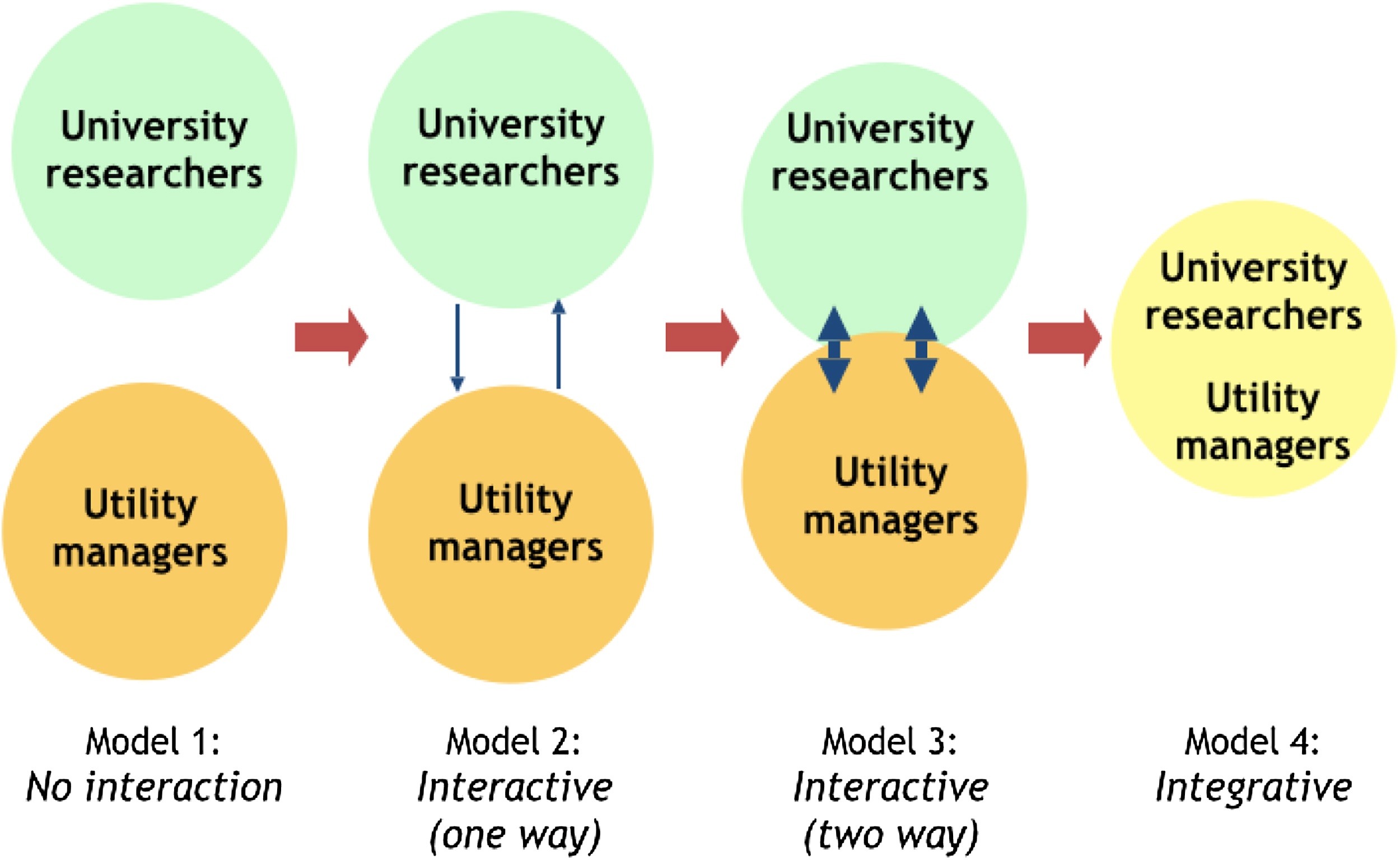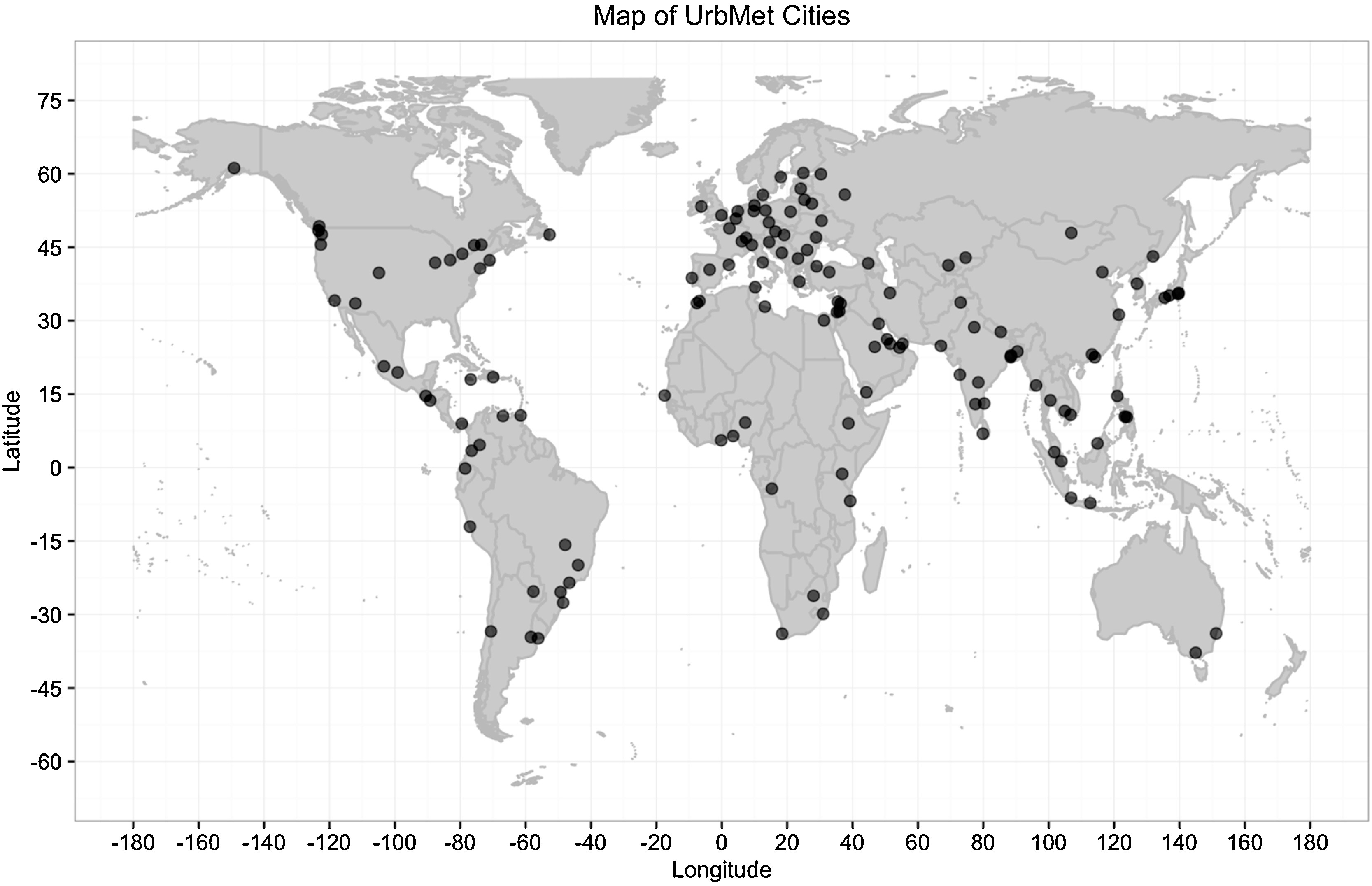Sustainable Cities and Society, Volume 27, 1 November 2016
Water harvesting is an ancient practice that has been used, mainly in dry environments, to increase efficiency of water collection and use by directing water from a large natural watershed or man-made collection surface into a small basin where the water can be stored in underground reservoirs or to be used directly for irrigation or domestic uses. In modern era water harvesting has been neglected, particularly at the developed countries, due to the technological achievements in the fields of water production and transport.
Sustainable Cities and Society, Volume 27, 1 November 2016
Combined Sewer Overflow (CSO) infrastructure are conventionally designed based on historical climate data. Yet, variability in rainfall intensities and patterns caused by climate change have a significant impact on the performance of an urban drainage system. Although rainwater harvesting (RWH) is a potential solution to manage stormwater in urban areas, its benefits in mitigating the climate change impacts on combined sewer networks have not been assessed yet.
Sustainable Cities and Society, Volume 27, 1 November 2016
The sustainability of urban water systems is often compared in small numbers of cases selected as much for their familiarity as for their similarities and differences. Few studies examine large urban datasets to conduct comparisons that identify unexpected similarities and differences among urban water systems and problems. This research analyzed a dataset of 142 cities that includes annual per capita water use (m3/yr/cap) and population. It added a 0.5 ° grid annual water budget value (P-PET/yr) as an index of hydroclimatic water supply.
Sustainable Cities and Society, Volume 27, 1 November 2016
This paper uses ‘Medieval’ drought conditions from the 12th Century to simulate the implications of severe and persistent drought for the future of water resource management in metropolitan Phoenix, one of the largest and fastest growing urban areas in the southwestern USA. WaterSim 5, an anticipatory water policy and planning model, was used to explore groundwater sustainability outcomes for mega-drought conditions across a range of policies, including population growth management, water conservation, water banking, direct reuse of RO reclaimed water, and water augmentation.
Sustainable Cities and Society, Volume 27, 1 November 2016
Water reuse networks have been emerging globally for the last 50 years. This article reviews the economic, social and environmental issues related to implementing water reuse networks in cities. This is reflecting the fact that globally many cities are categorised as water scarce areas, where there is growing imbalance between water demand and availability. In this sense, there is a need for sustainable water supply solutions in the imminent future to provide and maintain service reliability, particularly in the face of climate change.


